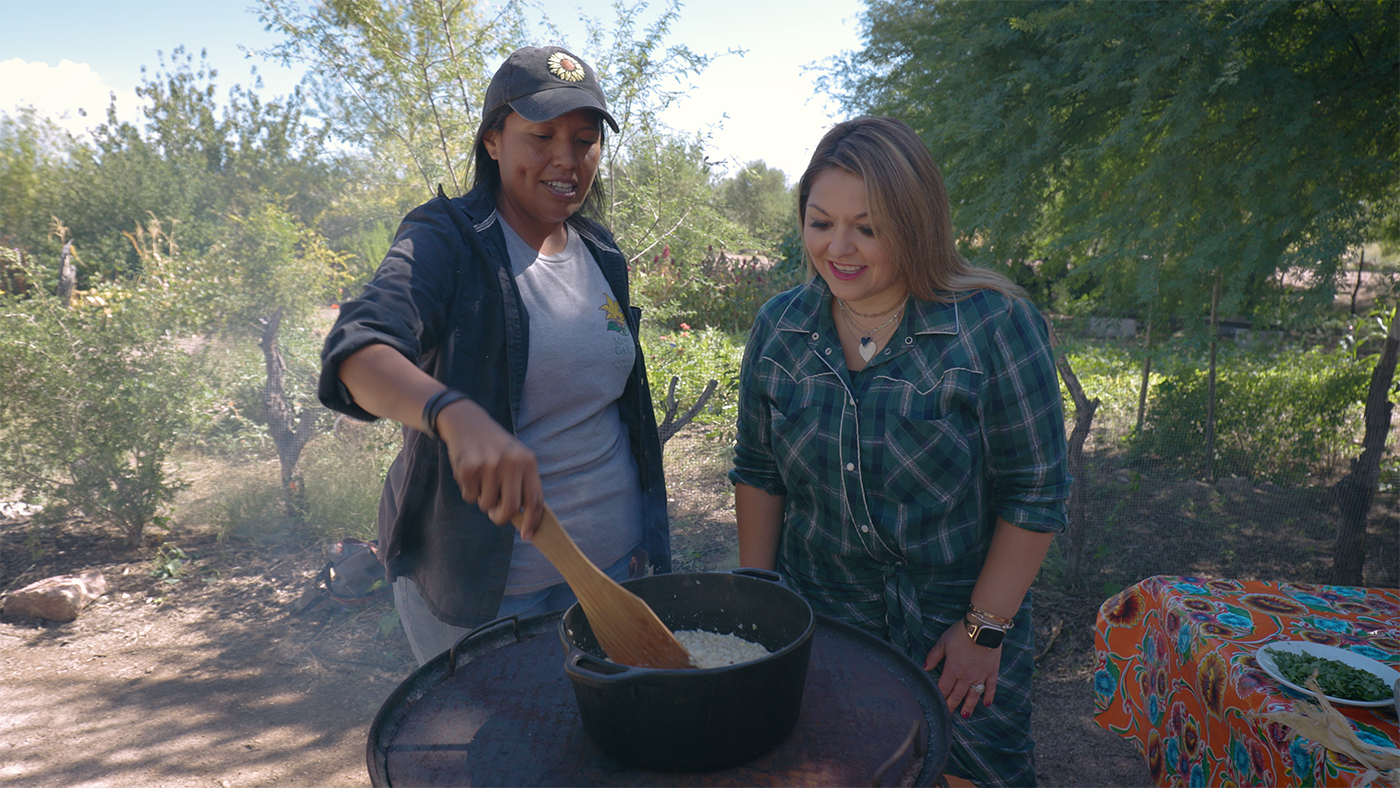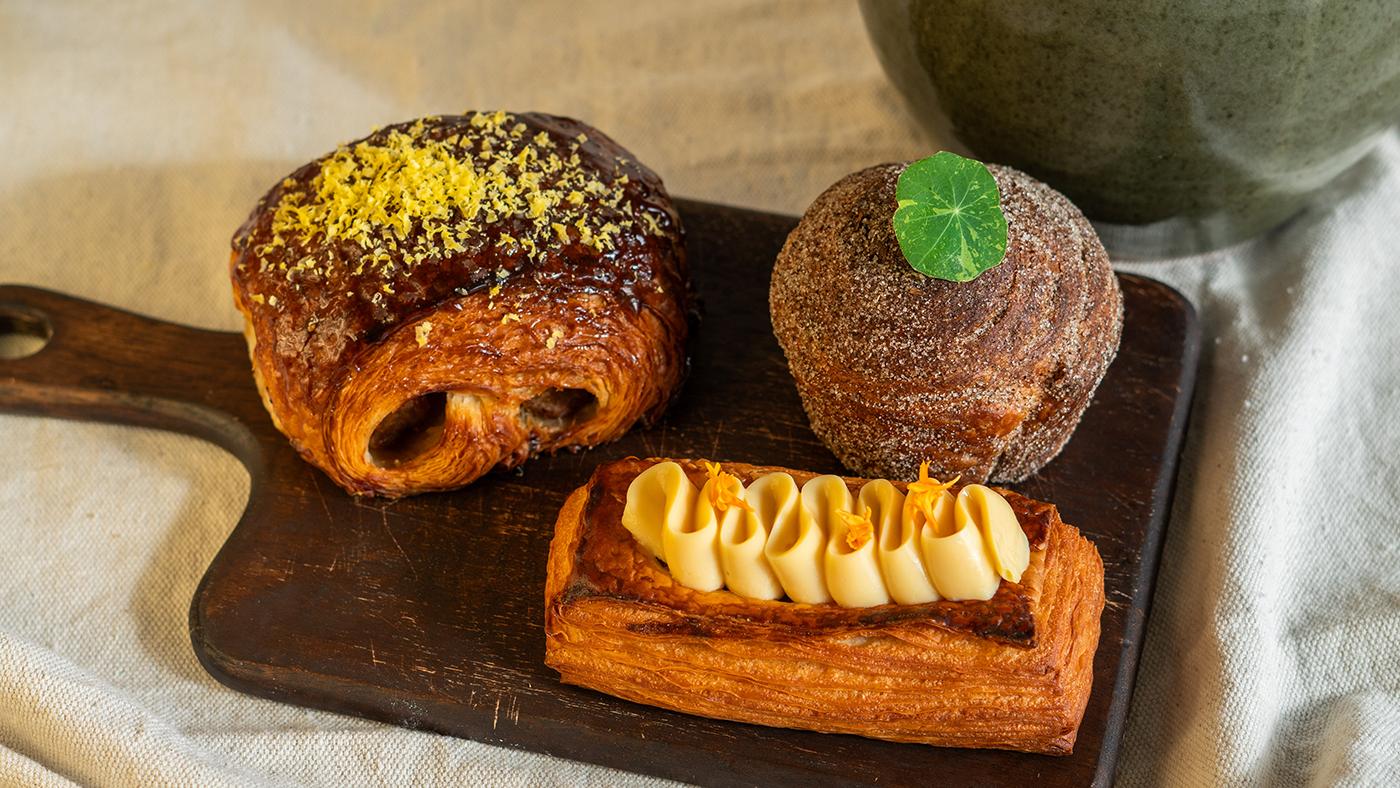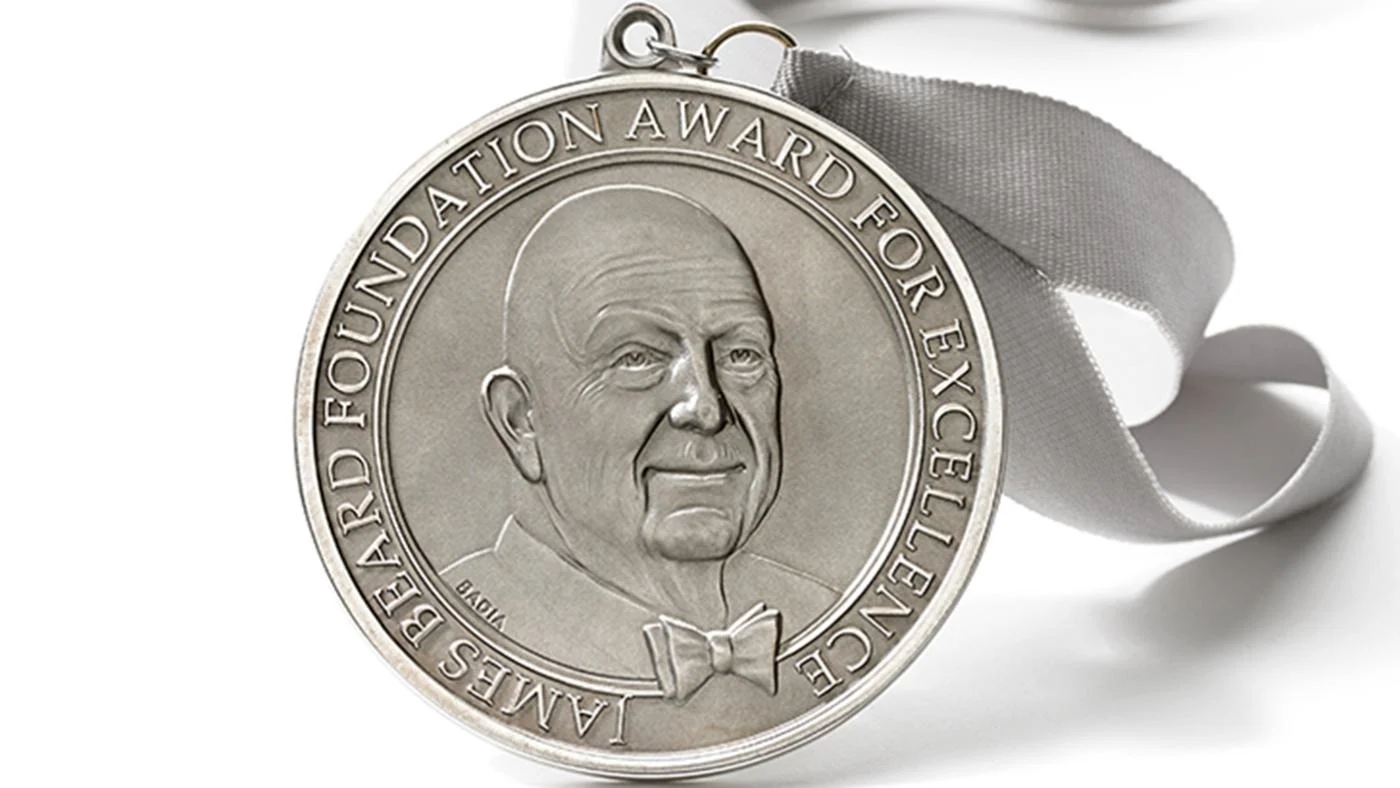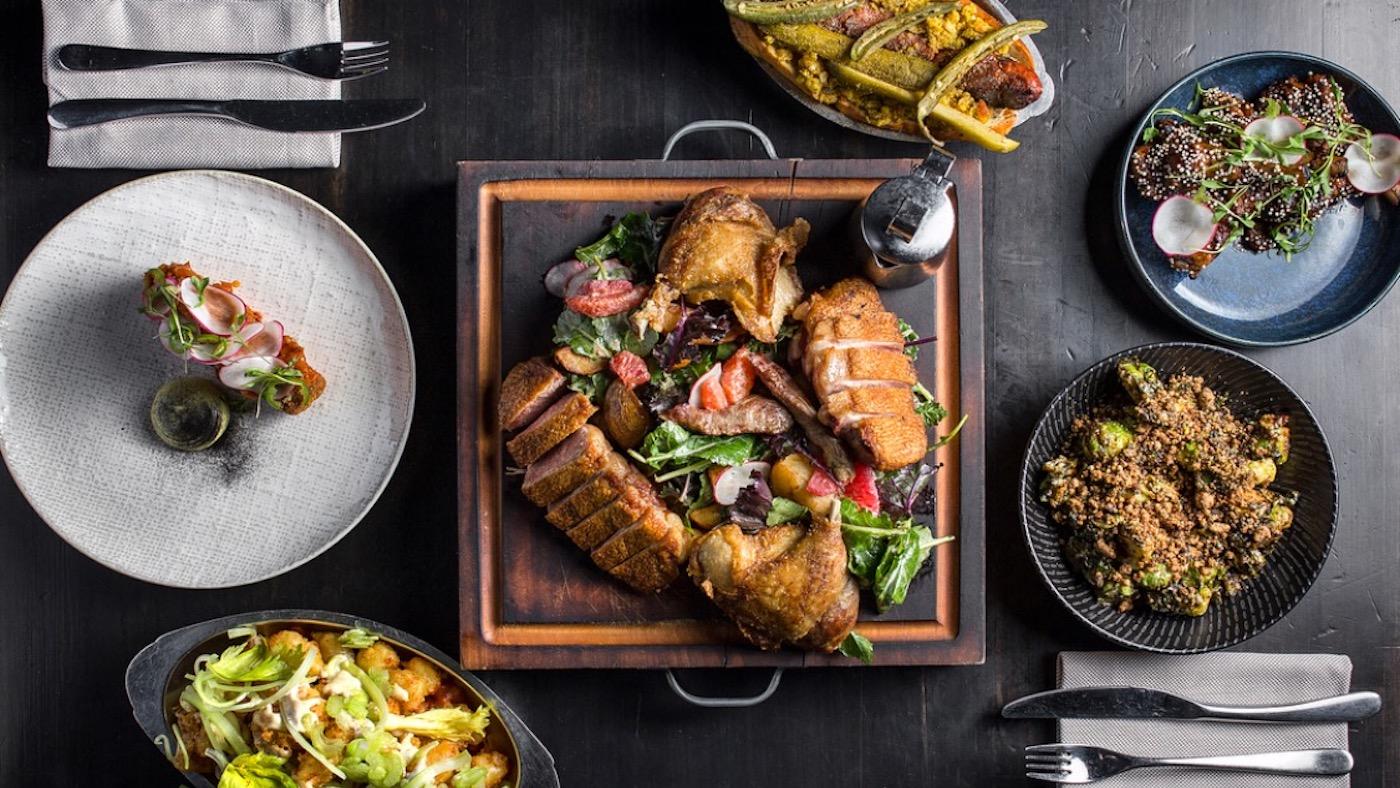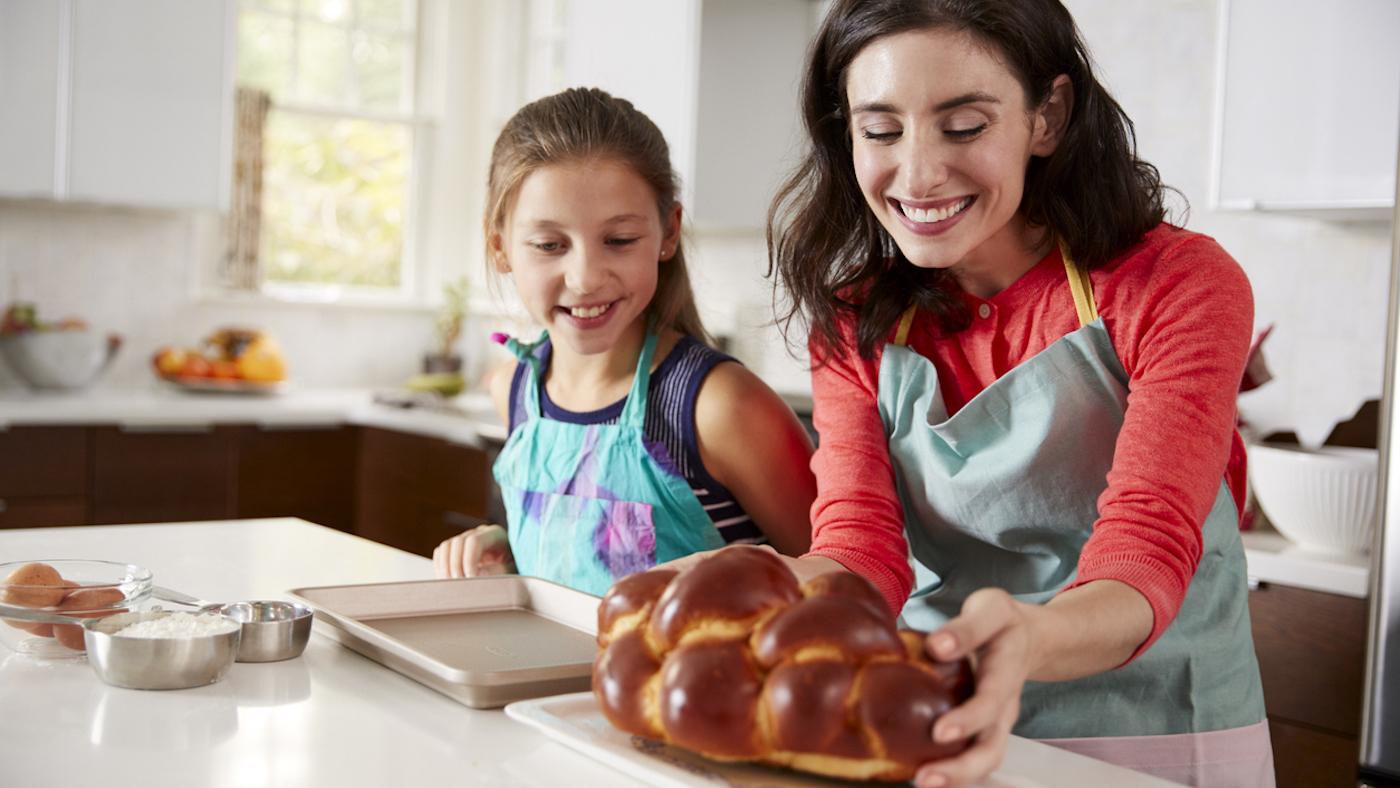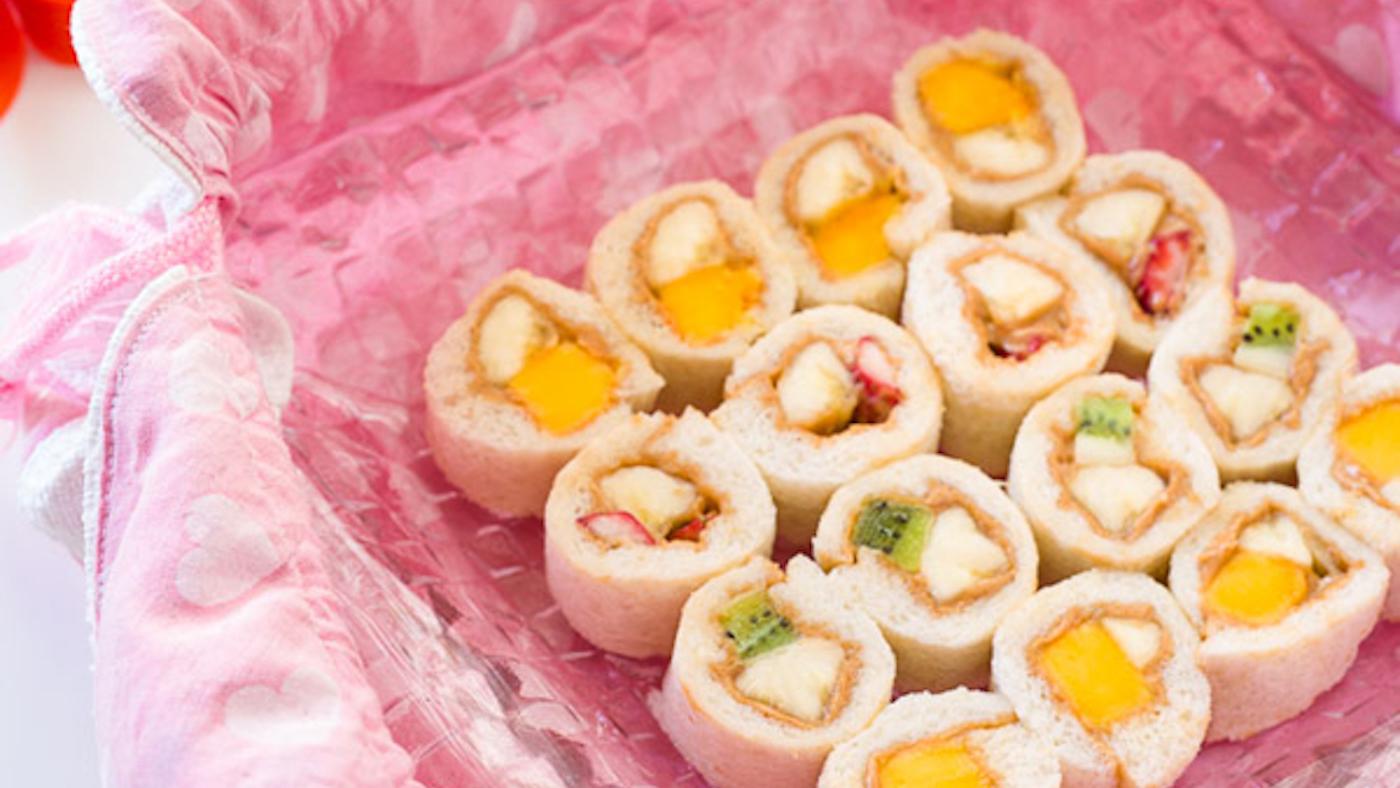Spotlighting Asian American Bakers and Their Stories Through a Unique Box of Pastries
Daniel Hautzinger
May 4, 2021
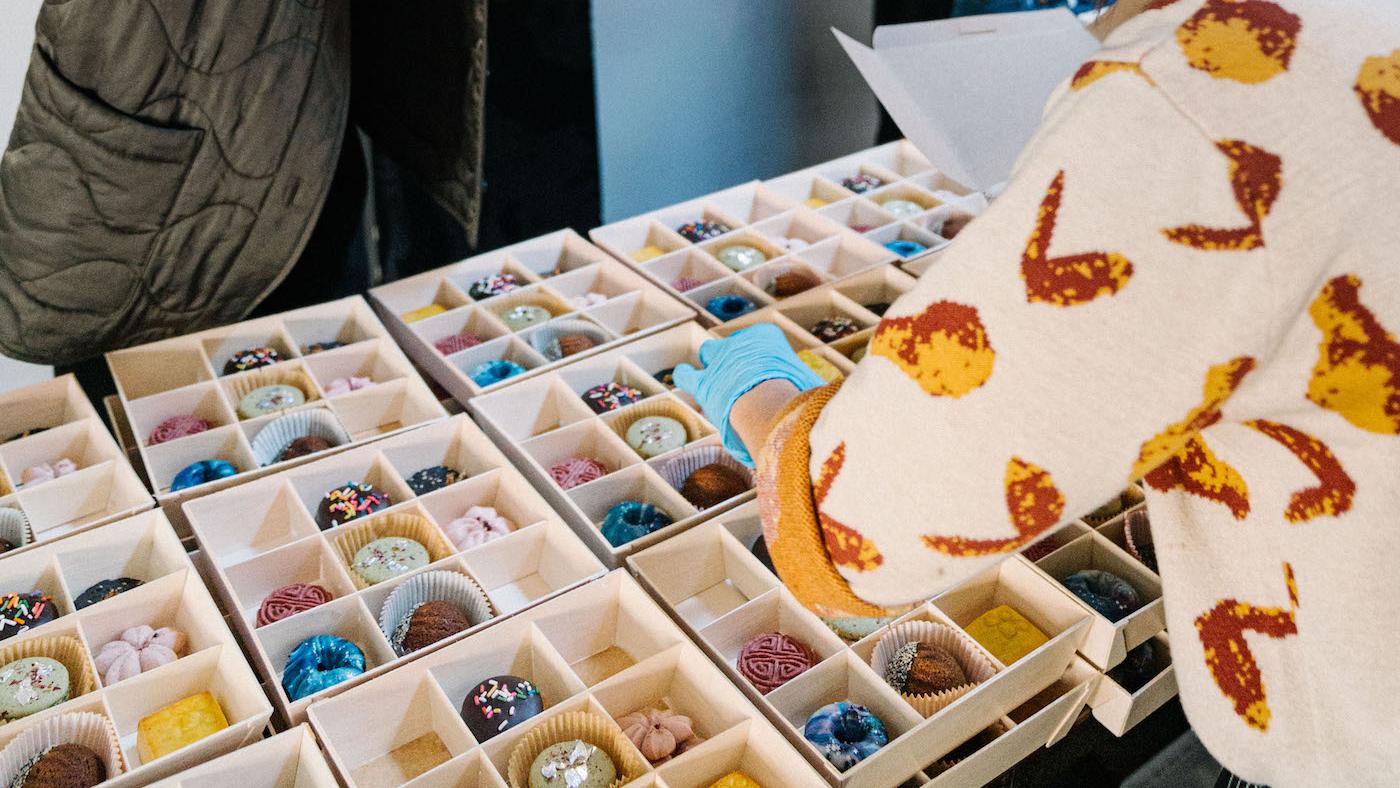
Mari Katsumura leads an ambitious Michelin-starred restaurant, Yūgen, in Chicago’s culinary mecca of the West Loop. Kazuki Tanaka bakes reliably homespun Japanese pastries at the three-decade stalwart Bakery Crescent in northwest suburban Arlington Heights. Pink-haired Anna Wu sells cupcakes out of her A.Sweets Girl truck and has vied for success on TV food competition shows.
Despite their vastly different careers, locations, price points, and baking styles, all three will share their pastries together with fifteen other Asian American pastry chefs based in Chicagoland in gorgeous Bakers Boxes that are available for pre-order online on Tock beginning 11:00 am on May 5. Two different boxes containing nine unique pastries each are available. Pick up is on Saturday, May 29 at another completely different food establishment: the pizzeria Paulie Gee’s Logan Square, which will contribute its own treat to the boxes.
Chicago is the third iteration of the Bakers Box, following New York and Los Angeles, with plans to continue in Boston in June, Philadelphia in July, and a new city each successive month. It’s a project by With Warm Welcome, a community organization founded in 2019 that seeks to “amplify Asian American faces and voices in the culinary community” by telling their stories through podcasts, events, and ideas like the Bakers Box.
“I noticed that there was this upcoming next generation of Asian Americans who were taking the cuisine that they grew up with and finding a way to express it in a contemporary voice,” says With Warm Welcome’s founder Arnold Byun, who has worked at some of New York City’s most esteemed fine dining restaurants—mostly under white head chefs. “At the time, I felt that there wasn’t a platform or community that celebrated that, and that’s why I started With Warm Welcome.”
The Bakers Box was in part an attempt to spotlight some chefs whom Byun felt received even less recognition than their peers: Asian American women pastry chefs. Pastry teams are “always honestly overlooked, under-appreciated, under-represented” in fine dining restaurants, he explained in a recent podcast. Pastry chefs who are Asian women receive even less attention, he contends, so he and a pastry student, Stephanie Loo, decided to organize a bake sale in New York City that would highlight Asian American women’s talents during Women’s History Month in March.
As they quickly put together the first Bakers Box, there was a spate of high-profile hate crimes against Asian Americans in the United States. “We felt we should do something about it, and we felt that doing something with pastry and sweets, especially in times like this, would bring so much more positivity to the world and to our communities,” says Byun.
(Other chefs also lent their talents to address Asian American hate crimes: Beverly Kim of Chicago’s Parachute is leading a campaign through May called #DoughSomething that raises funds for Asian Americans Advancing Justice. It includes several chefs who are taking part in the Chicago Bakers Box.)
To that end, the Bakers Box also includes a charitable component. Ten percent of the proceeds from the Chicago sales will go to One Book One World, which is seeking to raise money during Asian Pacific American Heritage Month in May to bring more books about Asian American history to Chicago area schools.
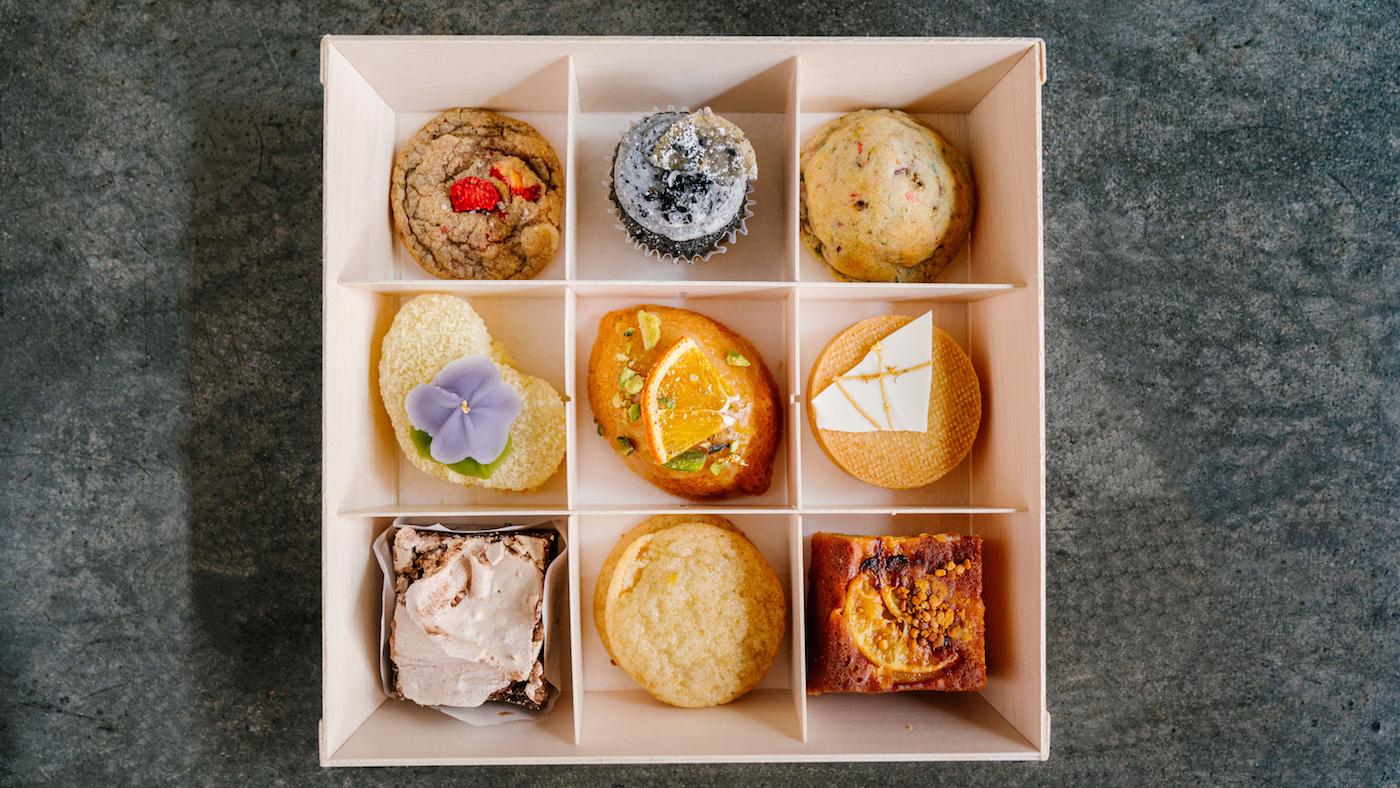 One of the Los Angeles Bakers Boxes. Photo: Ben Hon
One of the Los Angeles Bakers Boxes. Photo: Ben Hon
That mission of bringing Asian American stories to more people fits in perfectly with the ethos of With Warm Welcome and the Bakers Box, which is “really about the person behind that pastry,” Byun explained in the podcast. “Storytelling is really the genesis,” he says. While each box comes with a stylishly illustrated card listing all the pastries and the chefs who made them, their establishment or shop is noticeably absent. That information can be found alongside ingredient lists and profiles of each chef by scanning a QR code.
“Quite honestly, I want people to do a little bit of homework,” Byun says, laughing. “The whole reasoning behind the work we do is to create more awareness and curiosity about places, like, ‘Why is this place named this? What’s the story here? Who are the owners?’”
The pastries are meant to tell a personal story about the chef who made them, whether it’s through a favorite ingredient or a signature item that made their name. In the Chicago Bakers Box the Vietnamese Canadian chef Jeanette Tran-Dean—who most recently ran a pop-up that explored the commonalities between Vietnamese and Guatemalan food—is contributing a Nanaimo bar, a Canadian dessert, but flavoring it with ube, a purple yam that is ubiquitous in Filipino treats. Nikita Dhingra, who offers Indian meals on Instagram under the name Plattered by Niki, is making a dessert typically eaten during the South Asian holidays of Diwali and Holi.
“I was very intentional in building this box,” says Anna Desai, who chose the participants for the Chicago Bakers Box, which broadened to include a few male bakers as well. “I wanted to make sure that there was representation that’s reflective of our city, so that we had East Asian, Southeast Asian, South Asian, as well as being reflective of all of the offerings that we have here in the city as well as the suburbs. I also wanted to have a breadth of emerging talent to established talent.”
So Chinatown’s Chiu Quon, the oldest Chinese bakery in Chicago, is included, as is Kasama, a newish Filipino restaurant that has quickly earned a reputation for its pastries. There’s Northern Thai (Pink Salt) and Malaysian (Kedai Tapao), as well as a Japanese-inspired confectioner (Sugoi Sweets) and a granola company (Stellar Granola).
“I think what’s so special about the Bakers Box is that we’re highlighting the people,” Desai says. “We want to celebrate them and their work, because when you walk into any bakery or restaurant, the focus is always on the food and not necessarily the people.”
And there’s always a story behind the food.

